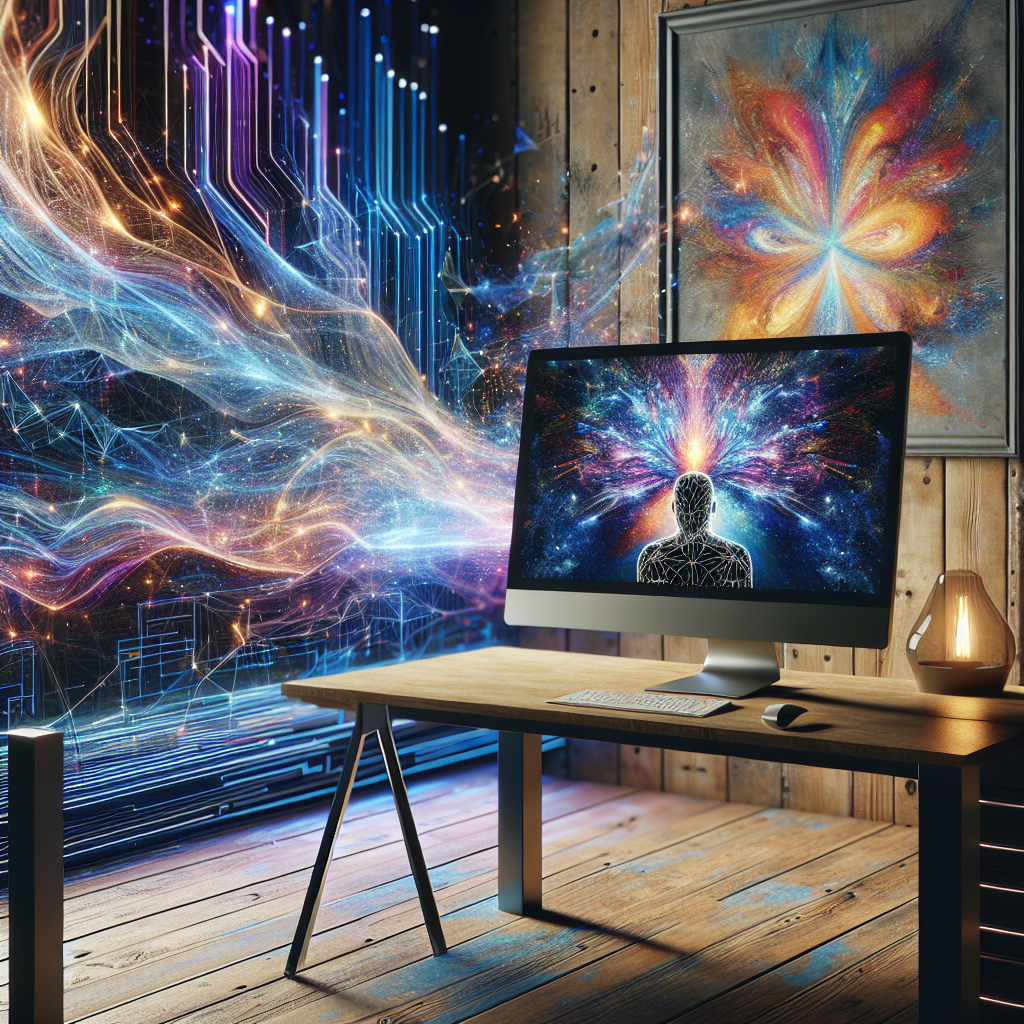Introduction to the Surge in AI Image Tools
In recent years, the surge in AI image tools has been unmistakable. From generating photorealistic images to enhancing old photographs, AI-driven image tools are reshaping industries and creative processes. But what’s really driving this surge? A combination of technological advancements, industry demands, and user expectations is setting the stage for a new era of digital imagery.
Technological Advancements Fueling the Trend
At the heart of the surge in AI image tools are significant technological advancements. Innovations in neural networks, particularly Generative Adversarial Networks (GANs), have allowed for more sophisticated image generation and manipulation. These AI models learn from vast datasets of images and can generate new images that are indistinguishable from real photographs. Companies like NVIDIA and Google are at the forefront, pushing the boundaries of what’s possible with AI in imaging.
Industry Demands Driving Adoption
Industries such as marketing, entertainment, and fashion are leveraging AI image tools to create compelling visuals at a fraction of the traditional time and cost. For instance, in film production, AI tools are used to generate elaborate backgrounds and special effects that would be cost-prohibitive or impossible to create physically. In retail, AI-driven imaging helps in creating virtual showrooms and fitting rooms, enhancing customer experience and engagement.
User Expectations and the Demand for Customization
Today’s users expect high levels of personalization and creativity in their interactions with digital content. AI image tools cater to this by enabling personalized avatars in video games, customized shopping experiences, and even unique art pieces. The ability to tailor visual content to individual preferences is a significant factor in the widespread adoption of these technologies.
Implications for Creative Professionals
While the surge in AI image tools offers numerous benefits, it also presents challenges, particularly for creative professionals. Artists and designers need to adapt to these tools, integrating AI into their creative processes without losing their unique artistic voices. Additionally, there’s an ongoing debate about the ethical implications of AI in art, particularly concerning copyright and originality.
Conclusion: What the Future Holds
The surge in AI image tools is not just a passing trend but a glimpse into the future of digital media. As these tools become more sophisticated and accessible, they will continue to transform industries and redefine creative roles. For businesses and professionals willing to embrace these changes, the possibilities are boundless. As we look forward, the integration of AI in image creation and manipulation will likely become more seamless, setting new standards for what is achievable in digital imaging.
Reflecting on the broader implications, it’s clear that as we harness these technologies, the balance between human creativity and machine efficiency will need to be carefully managed.


